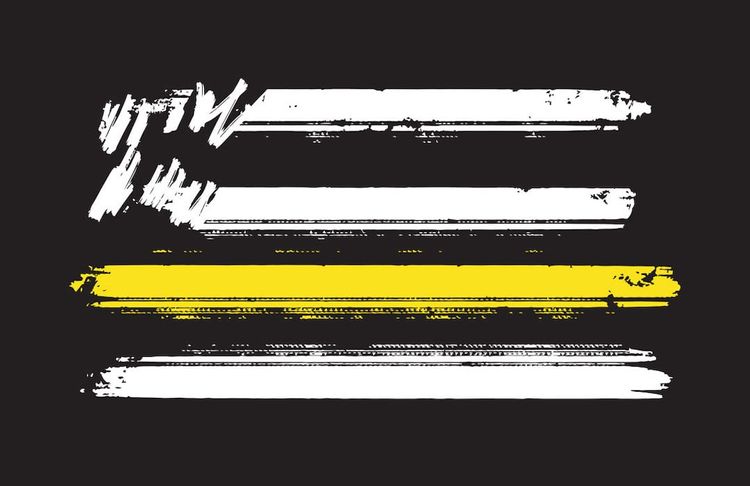External vs. Internal Character Traits

External character traits are all around us. They’re what we choose to outwardly project to the world in what we wear, what we share, and the causes we choose to side with or argue against.
Internal character traits are hard to define but easy to recognize. While first impressions can count for a lot, the longer you get to know someone the better an understanding you’ll get of the quality of their internal traits over the external. Are they a loving mother, father, wife, husband, daughter, or son? Do they care deeply for their family, their community, and the world as a whole?
In post-war America and Europe, and in some instances even sooner, the focus began to shift from the internal to the external; that is, from building our internal character traits to choosing to display an external character that we believe (or simply hope) will be agreeable to those we want to impress. It’s been mentioned that Dale Carnegie’s 1936 classic How to Win Friends and Influence People marked a change in the self-help genre whereby many previous works had focused on how to build your internal traits, many new works began to explore how your external traits can be manipulated to get you to where you want to be.
This wasn’t necessarily a bad thing in small doses, and in the right hands. As my wife put it to me recently, “People are still good people, but maybe our focus has shifted more towards external good deeds like saving the environment or endangered species rather than internally trying to have a good character.”
She then gave me the example of George Bailey in the 1946 Christmas classic, It’s a Wonderful Life. In the movie George, played by James Stewart, has plans to leave on a world tour before attending college, but after the sudden death of his father he chooses to stay in his small community of Bedford Falls to keep alive the family business, Building and Loan, after the board of directors votes to keep the business (which much of the community relies upon) open on the condition that George stays to run it.
George hands his college tuition over to his brother, Harry, on the condition that Harry will take over from him when he returns from college. Despite eagerly awaiting Harry’s return so he can finally see the world, when Harry returns four years later with a job offer from his father-in-law, George tells Harry to take it, offering (against his own self-interest) to continue to run the Building and Loan.
George’s internal character traits are clear for all to see in It’s a Wonderful Life. His life wasn’t glamorous, and in the end he didn’t get a “big win” against Mr. Potter, his family’s nemesis and the richest man in town. But without spoiling the ending (though it came out over seventy years ago, so you’ve had enough time to see it), the movie ends with George being surrounded by his friends, family, and his whole community, all of whom clearly love and value him for who he is.
And that, in my wife’s words, is happy ending enough. ∎


